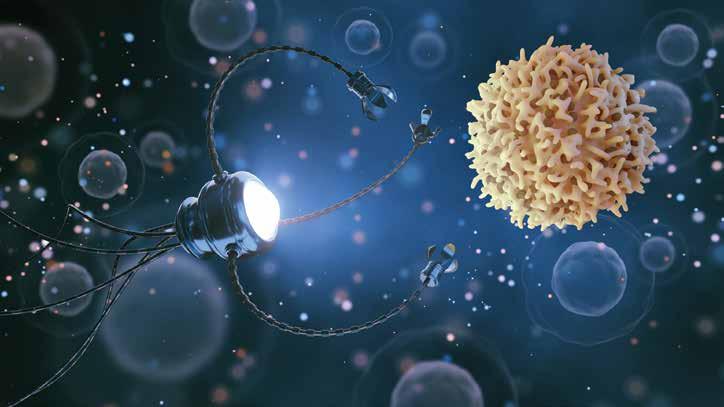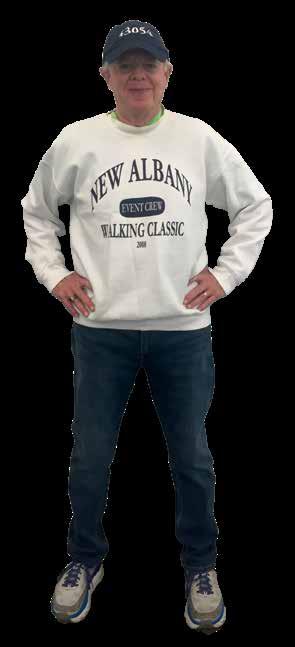on the horizon
By Sanaya Attari
Tiny Tech, Big Impact
Why nanotechnology may be the future of health care
W
ith increasing advances in nanotechnology, scientists are proving that bigger isn’t always better. The health care field is exploring this microscopic movement to better care for patients. In recent years, scientists discovered that nanotechnology can bring significant advances to the diagnosis and treatment of many ailments. Nanotechnology combines physics, biology and chemistry to mimic certain processes found in nature, also called a bottom-up approach. Through this approach, scientists can build highly organized molecules that contain specific properties, like complex machines small enough to be inserted into a patient’s body to perform lengthy surgical procedures. Paul Weiss, professor and presidential chair in the chemistry and bio-
36
chemistry departments at the University of California-Los Angeles, is an expert in the field of nanotechnology. “What we are best known for is looking for the ultimate limits of miniaturization, the smallest switches and motors in the world,” he said in an article by the University of Miami. “Once upon a time I was the first one to move atoms around on a surface with a scanning microscope. We were looking for what’s beneath the atoms and trying to figure out why they were where they were. It really opened up this world where we could make structures and then test them.” Using nanotechnology, scientists and medical professionals are aiming to pair an individual diagnosis with a personalized treatment using minimally invasive surgery or medication that can meet a patient’s specific needs. It is also
speculated to considerably impact the costs and insurance models within the health care system. Scientists are hoping that sustainable and clean production processes with nanotechnology can be developed without producing much waste. So, what exactly can nanotechnology do? In 1959, late Nobel Prize in Physics recipient Richard P. Feynman proposed a nanorobotic surgical procedure to cure heart disease, after which many scientists have speculated the scope of implementing nanotechnologies in similar procedures. Nanomedicine researchers are currently looking at ways that nanotechnology can improve vaccines, including how to administer them without using needles. Scientists are experimenting with putting nanosponges into a patient’s www.healthynewalbanymagazine.com













